The gallerist is a travelling companion who has to help the artist express his best self, and to facilitate his artistic growth.
For over two decades, the aim of Francesco Annarumma ‘s eponymous gallery, the Annarumma Art Gallery in Napoli, has been to promote fresh talent before they reach worldwide acclaim.
Featured image and below: Portrait of the gallerist Francesco Annarumma. Photo courtesy: Salvatore Alfano Angri.
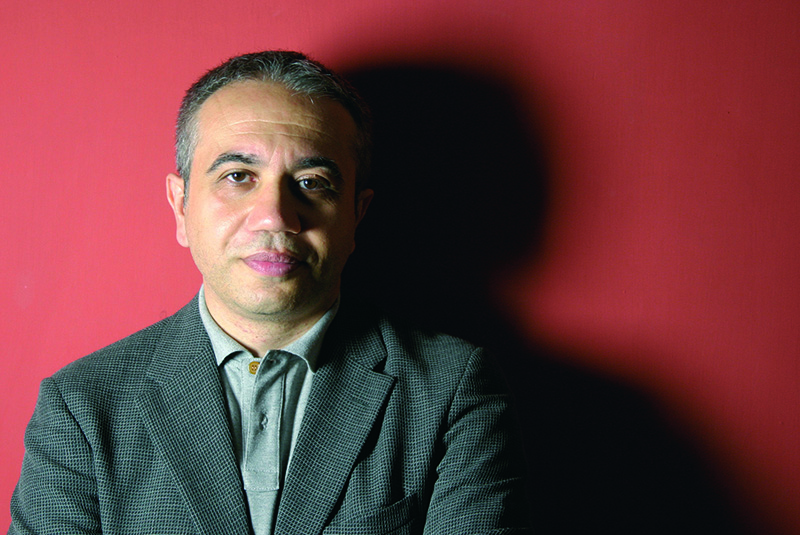
How did your tryst with art begin?
It’s rather hard to answer this question. I just have memories of the time when I was in elementary school, after finishing my homework, I used to read Marvel comics or the biographies of artists such as Picasso, Cézanne and the impressionists in the encyclopedia we had at home.
Today when I see the works of artists whose first European solo shows I organised, like Rashid Johnson and Hank Willis Thomas included in the collections of the best museums across the world, I can say that my vision has manifested into true reality.
– Francesco Annarumma
Let’s talk about your long-term vision. Would it be safe to say that the Annarumma Art Gallery is a step towards manifesting this vision?
From the beginning, the aim of my gallery has been to identify gifted young contemporary artists and to promote them before they reach worldwide acclaim. Today when I see the works of artists whose first European solo shows I organised, like Rashid Johnson and Hank Willis Thomas included in the collections of the best museums across the world, I can say that my vision has manifested into true reality.

David Noro, “Untitled”, Pigment, acrylic and spray paint on canvas cm 220 x cm 260 (2020) Photo courtesy: Danilo Donzeli, Napoli.
Now there is confusion between the value of an artwork and its price, which leads us to the outcomes – namely, the commodification of art, the proliferation of fairs and the recurrent speculative bubbles over time.
– Francesco Annarumma
Tell us about your own personal evolution, vis a vis the work that you do. What have you observed re the changing cultural landscape over time?
I was born to be a collector of contemporary art. I began buying artworks at the age of eighteen, by paying for them in instalments. So owning an art gallery was but a natural consequence of this great passion of mine.
The contemporary art scene has certainly been evolving over the course of these last twenty years, and not for the better. Now there is confusion between the value of an artwork and its price, which leads us to the outcomes – namely, the commodification of art, the proliferation of fairs and the recurrent speculative bubbles over time.

Partial instalation viw of the Haavard Homstvedt’s solo exhibition “Wolfish Lover” ( 2020 ). Photo courtesy: Danilo Donzeli, Napoli.
How do you describe yourself in the context of challenging people’s perspectives via your work?
I try to be flexible and adaptable like a bamboo cane. What’s more, I have a good knowledge of the mechanisms in the art world and I can evaluate the impacts created as a result of the decisions on the management of my gallery.
What does your role at Annarumma involve? How do you balance the contradicting elements of your work?
There is an Italian proverb that says ”Chi fa da sè fa per tre” (“If you want something done, do it yourself”). If I could, I would do everything myself. I don’t know how to delegate, but I feel obliged to do it. That said, there is one issue on which I never compromise: it is the selection of artists.
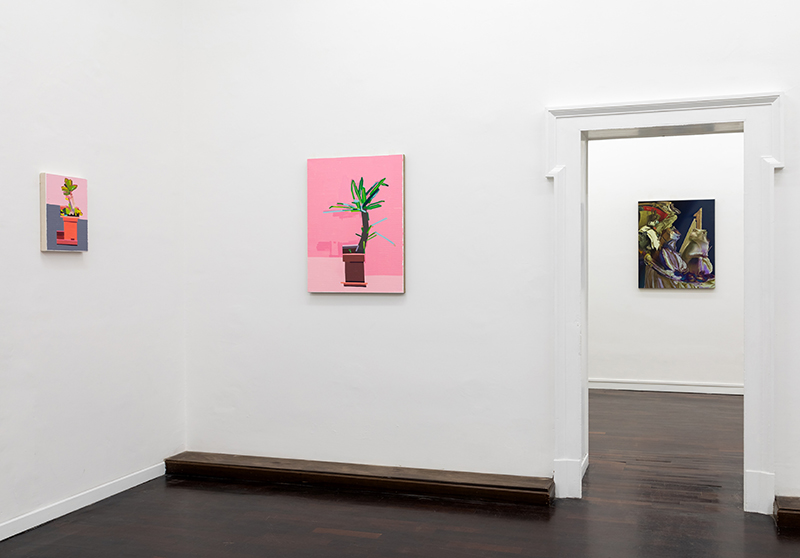
Partial installation view of the group exhibition “Proposals for a Collection” from Left Guy Yanai, Matt Hansel. Photo courtesy: Danilo Donzeli, Napoli.
Tell us about your curatorial philosophy. How does it all come together?
An artist’s work should enchant me and arouse in me the desire to have it at home. If this happens, I will organise his exhibition. If I decide to publish a catalogue, I will entrust the job to the art critics and the companies of Naples, my city. The promotion of the event is exclusively online. Social Media have become more and more important. Through Social Media, I can not only promote the exhibitions, but also sell artworks everywhere, in the USA, Russia, China and of course Europe.
I consider an artwork a product of the spirit. By this I mean the soul, culture, intellect, sentiment and intuition.
– Francesco Annarumma
Let’s talk about your frameworks, references and process. What inspires you?
I consider an artwork a product of the spirit. By this I mean the soul, culture, intellect, sentiment and intuition. My work is obviously conditioned by this premise. In fact I don’t consider myself an art dealer, but rather a gallerist, which entails some negative aspects.
I am not a good seller, on the contrary, I often have the desire to keep some of the exhibited artworks for myself, but my wife, the other half of the gallery, who is responsible for our financial matters, accurately forbids me to do so.
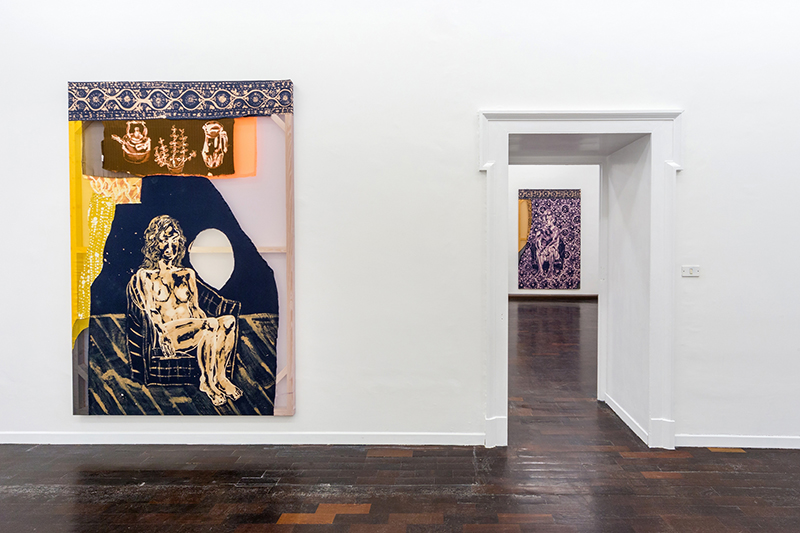
Partial installation view of the Lauren Luloff’s solo exhibition (2015). Photo courtesy: Danilo Donzeli, Napoli.
How do you balance the contradicting elements: commercial v/s creative? Do you handle the commercials yourself or is it outsourced to agents?
I have solved this problem by entrusting my wife to handle the economic side of things. She has a lot of practical sense and acumen, and is thus much better than me in this field. In fact, she helps me stay down to earth.
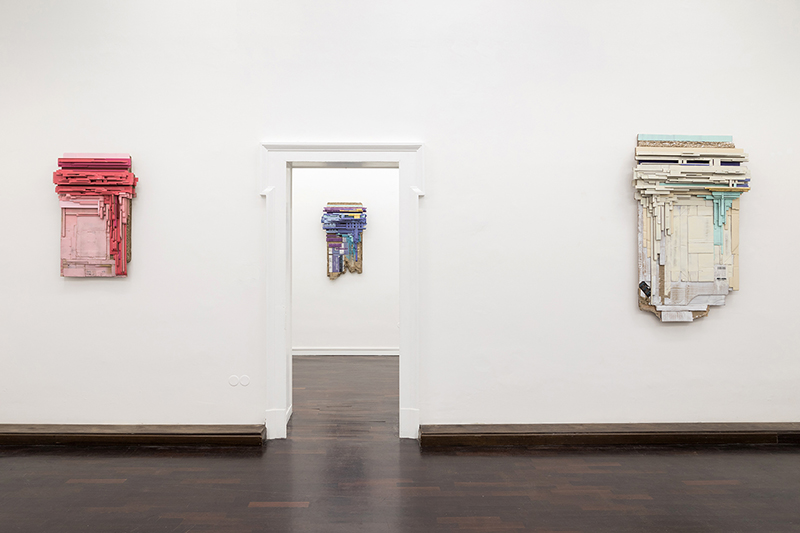
Partial installation view of the Patrizia Biondi’s solo exhibition ‘Home Delivery’ (2019). Photo courtesy: Danilo Donzeli, Napoli.
The poet Ezra Pound once said: “Artists are the antennae of the race”. The gallerist is a travelling companion who has to help the artist express his best self, and to facilitate his artistic growth.
– Francesco Annarumma
What is the primary role of a contemporary artist? How does your interaction with an artist evolve from the (brief) initial interface, to the working-involvement-relationship?
The poet Ezra Pound once said: “Artists are the antennae of the race”. The gallerist is a travelling companion who has to help the artist express his best self, and to facilitate his artistic growth. Generally I begin to build my rapport with an artist after seeing his or her work online. Then, I try and evaluate the formal qualities and possibilities for the development of their work. If it’s interesting, I will ask them for a supplement of information and images. I prefer to judge the work from photographs. Viewing artworks on a computer screen allows me to evaluate the works without any emotional involvement. And if I have any doubts, I ask for a studio visit. This method has proven to work so far. If everything goes well, I proceed to organise the artist’s exhibition.
I have applied this method to all the artists I’ve worked with. Sometimes we build positive relationships, and eventually ask to represent the artist. But this does not always happen.

Rashid Johnson, “The Conference of African Space Men”. Wood panel, African tribal objects, shea butter, enamel spray paint books etc. 130 x 185 cm. Ink jet print. 105 x 175 cm. (2008)
Which shows, performances and experiences have shaped your own creative process? Who are your maestros?
I consider Leo Castelli a gallerist par excellence. Among my formative experiences, I particularly remember the first edition of “Aperto” curated by Achille Bonito Oliva, together with Harald Szeemann at the 1980 Venice Biennale. I was very young at the time and what I saw made a profound impression on me. Similarly, I would highlight some texts, like those written by the art historian Roberto Longhi.
What were you working on when the lockdown was announced?
I was forced to cancel the solo exhibition of the young contemporary artist David Noro just a few days before the opening. It was the beginning of March. I could only inaugurate the show two months later.
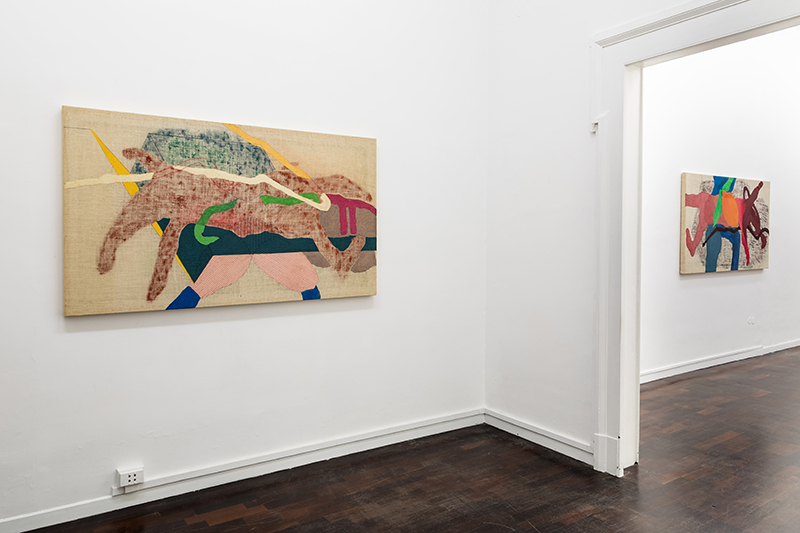
Partial installation view of the Kaveri Raina’s solo exhibition ‘Linger to Gaze’ (2019). Photo courtesy: Danilo Donzeli, Napoli.
How did this affect your practice and plans?
Coronovirus has been a true earthquake for everyone, gallerists and contemporary artists included. I cancelled nearly all my programs for 2020, including fairs. At this moment, due to the social distancing measures imposed by the Italian government, we can receive visitors at the gallery, but only by prior appointment and only two visitors at a time. During this period, strangely enough, I’ve dedicated myself to the secondary market, buying and reselling artworks of the artists I had already dealt with.
What kind of critical inputs does the world need at this moment to overcome the loss of income and opportunity as a direct result of the lock-downs worldwide?
From a curatorial point of view, I expect art critics and curators to give more attention to environmental and ecological issues. These arguments have been highlighted and pushed to the forefront, and this can be an interesting starting point for the recovery of exhibition activity for galleries and museums.
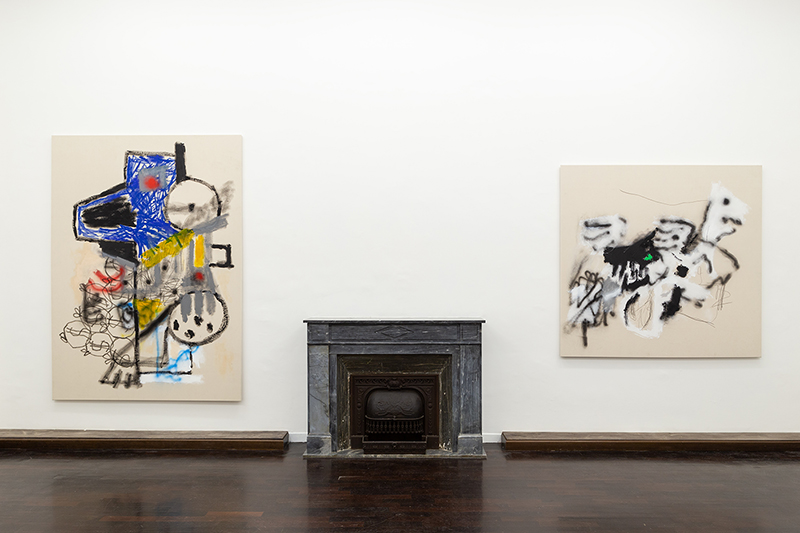
Partial installation view of the group exhibition ‘Like No Other’ (2018). Paintings by Robert Nava. Photo courtesy: Danilo Donzeli, Napoli.
How did you balance life and work during this period?
There was really little to do because in Italy, we had been in quarantine for two months. I took advantage of the quarantine period to dedicate myself to reading and spending time with my six year old son, Stefano.
Before you go – you might like to browse the Asian Curator curatorial archives . Contemporary art curators and international gallerists define their curatorial policies and share stories and insights about the inner runnings of the contemporary art world.






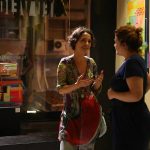



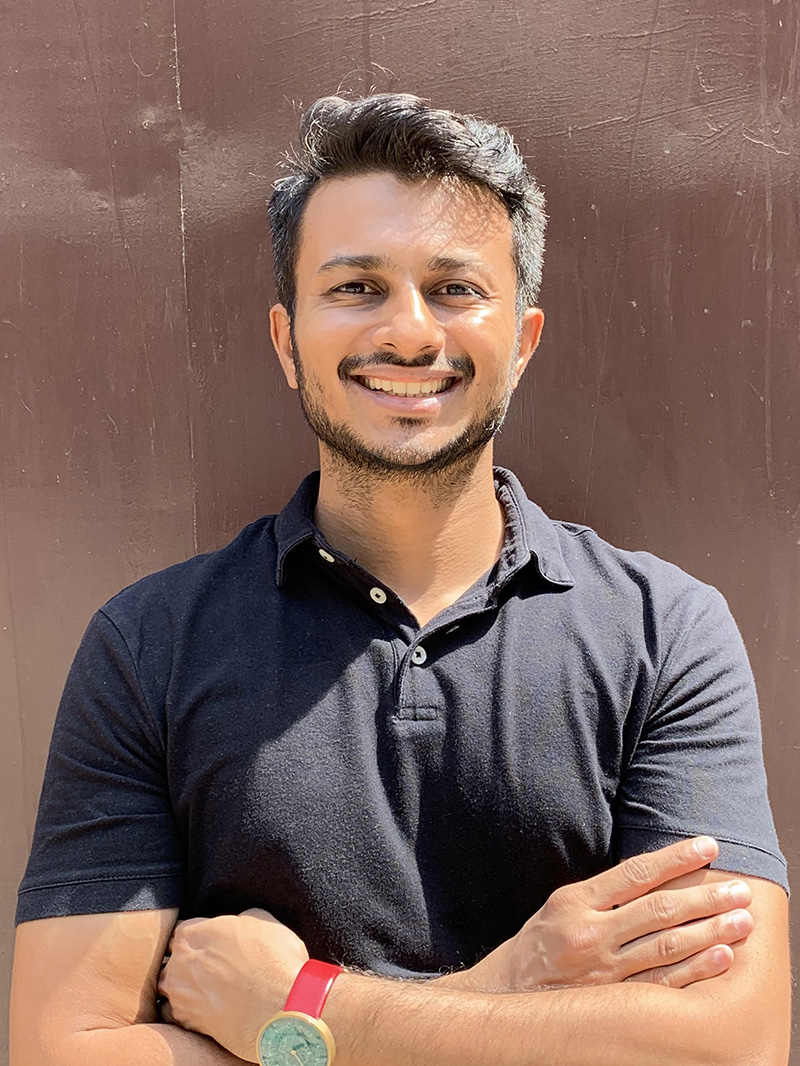

[…] Gallery in Napoli, has been to promote fresh talent before they reach worldwide acclaim. Read his insightful interview on what makes a good artist great, exclusively on the Asian […]